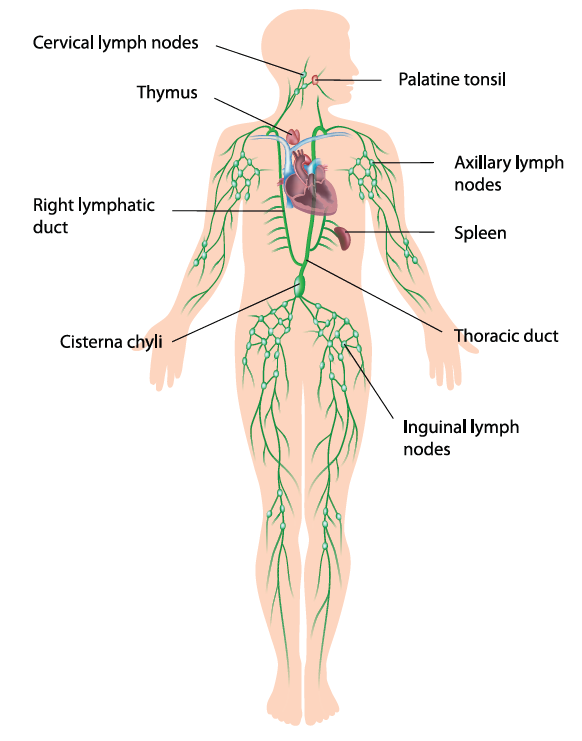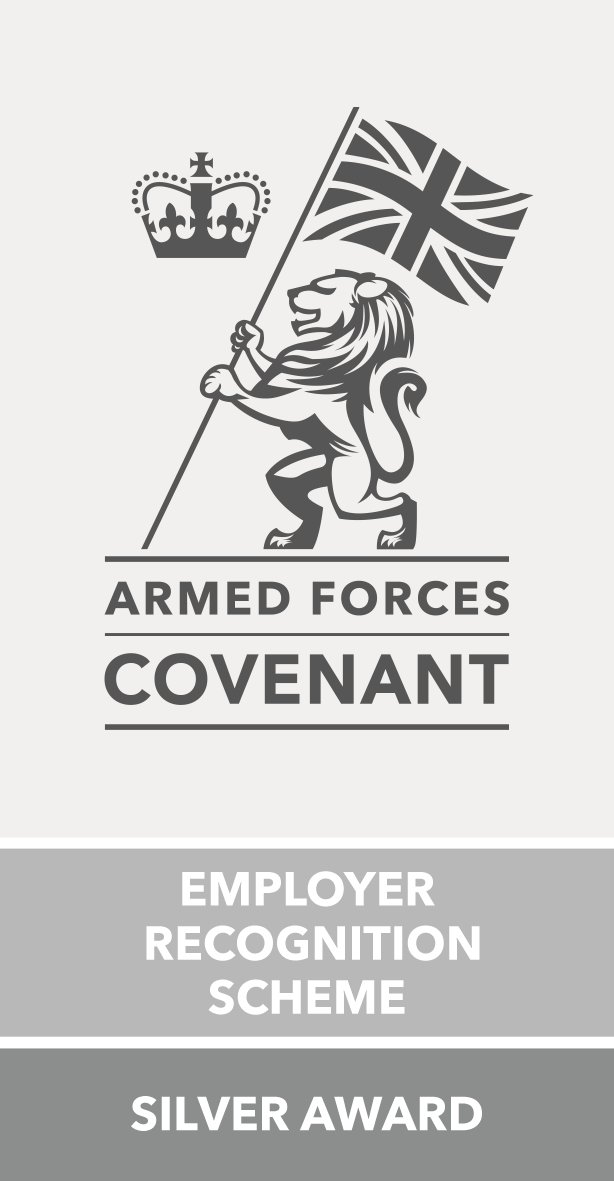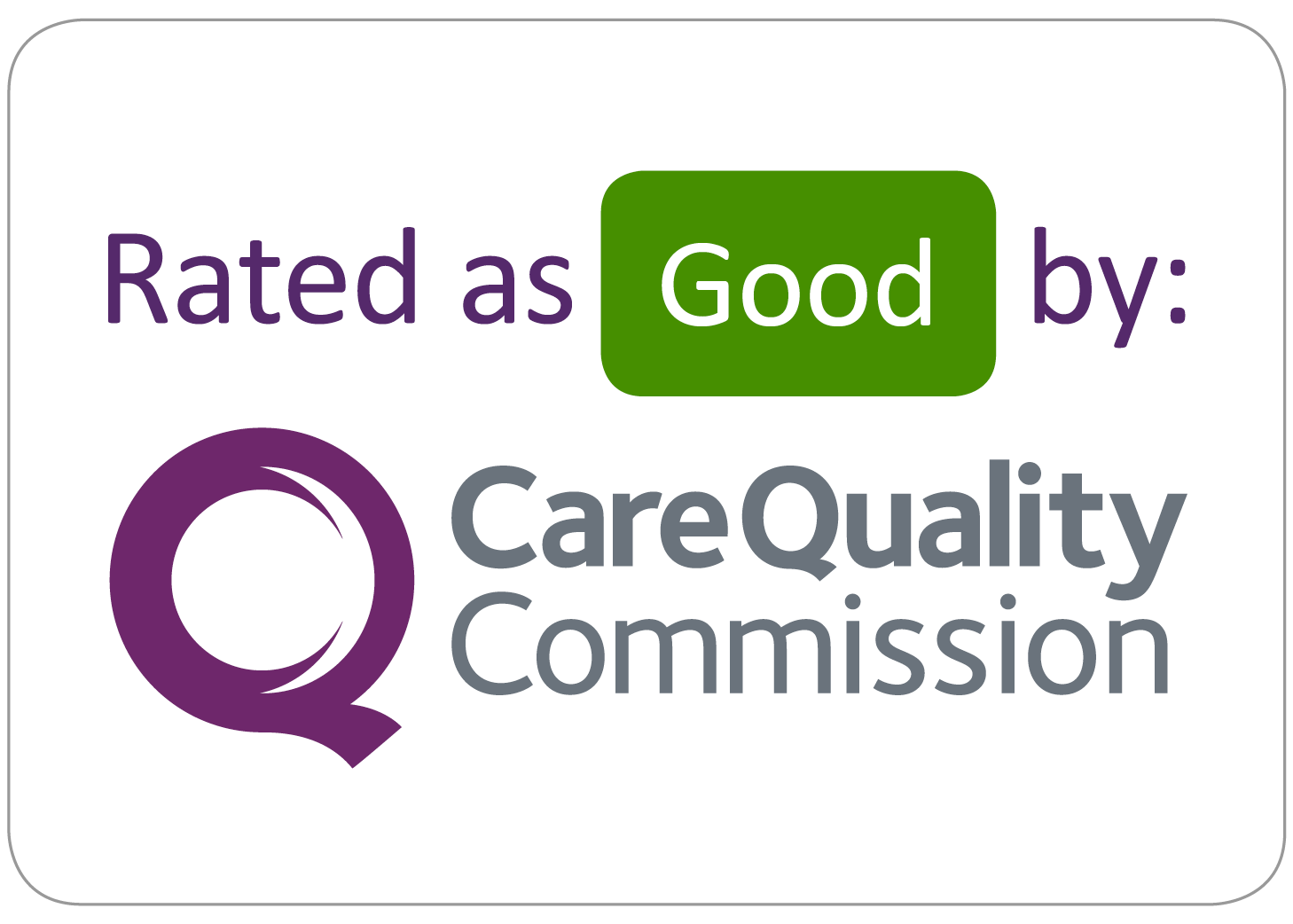Lymphoedema
What is Lymphoedema
Lymphoedema is the medical term for a chronic, or long-term, swelling that can affect any part of the body.
Lymphoedema is an abnormal swelling, due to the build up of a fluid (lymph) in the arm or leg. It can occur in any part of the body but is most commonly seen in an arm or leg.
There are two kinds of lymphoedema.
Primary lymphoedema is a condition that is present at birth – known as a congenital abnormality. Though this is mainly seen in people with leg lymphoedema, it can also cause arm swelling.
Secondary lymphoedema is caused by damage to the local lymphatic vessels and/or lymph nodes or by an overload of fluid that causes the lymphatic system to work less effectively.
The lymph fluid is made up of protein and waste materials from the body’s tissues. The lymphatic system is a network of tiny vessels underneath the skin, which form part of the body’s immune system. They help to cleanse the body’s tissues and drain away this clear fluid called lymph. Lymphoedema occurs when this lymph is not being drained away correctly and so it builds up within the tissues causing swelling or oedema. To start with, the swelling is often noticeable at the end of the day, but goes down during the night. However, with time, the condition can get worse and the swelling becomes permanent.
The lymphatic system
The lymphatic system has two important jobs:
- It helps drain fluid, proteins and waste from the tissues.
- It is part of the body’s immune defences against infection.
The lymphatic system is made up of drainage channels that start just under the skin and are found all over the body. An initial mesh-like network collects fluid from the body tissues and then passes it to lymph vessels, which work in one direction only. Larger vessels, deeper in the body, pulsate to push the fluid by this stage known as lymph along.
The lymph system works alongside blood circulation, but the fluid moves more slowly than blood and its movement also depends on muscle movement or exercise.
At various points, the lymph passes through special glands known as lymph nodes, like those found in the neck, armpits, or groin. Lymph nodes play an important part in the body’s defences by recognising and attacking harmful substances or unwelcome cells. When lymph has passed through the lymph vessels and nodes it drains back into the large veins in the neck. Unwanted fluid and waste can then be excreted from the body via the kidneys.
The video below provides information on managing lymphoedema, please click play to view.
What is the treatment?
Lymphoedema cannot be cured but it can usually be controlled so that the complications do not occur later. The main treatment is skin care, prevention (and where necessary treatment) of cellulitis, external support, elevation and drainage of the lymphatic vessels. Exercise and weight loss (if you are overweight) are an important part of controlling lymphoedema. The ongoing care of lymphoedema is important, and therefore the individual (or carer) needs to incorporate good leg care into your daily routine in order to prevent your leg swelling to worsen and prevent complications.
Skin care
Healthy skin is soft and supple. In lymphoedema the skin may become thickened and rough, and the site of possible infection. Wash your legs daily and carefully dry them. Use a good quality moisturiser that suits you and your health professional has recommended, at least daily. Avoid scratching, burning or injuring your skin and especially take care when cutting your nails. Look out for signs of infection particularly fungal infections between your toes or in any skin folds.
Treatment of cellulitis
Episodes of cellulitis can usually be treated at home with leg elevation and antibiotics. Occasionally hospital admission is required. Some patients with regular attacks of cellulitis keep antibiotics at home to start immediately when they experience the familiar symptoms of cellulitis. Occasionally we recommend long term antibiotics. It is important to look out for signs of cellulitis and see your GP urgently if you think you have cellulitis.
Compression
External support in the form of compression bandages or stockings is useful to control and reduce the swelling of lymphoedema. Bandages may be required at first but most patients will be able to wear compression stockings long term. These stockings need to be specially fitted and are much stronger than ordinary "support tights". For lymphoedema, the usual strength of stocking used is class II but sometimes a stronger class III is required.
Elevation of the limb
Whenever the leg is elevated, fluid will tend to drain out of it. Put your legs up whenever you can and as high as you are able - the arm of the sofa is good. Elevate the foot end of your bed so that your feet are a little higher than your head.
Lymphatic drainage or massage
This is a massage technique that is in the first instance carried out by a specialist nurse or physiotherapist, but can often later be taught to patients or their relatives. It is designed to encourage the drainage of lymph from the effected area however, not everyone is suitable for this type of treatment.
Exercise
An exercise program is useful in lymphoedema. It should consist mainly of gentle joint mobilisation rather than vigorous exercise. Swimming is a good form of exercise for patients with lymphoedema.
More information can be found on our patient exercise page
How we support you
When you visit one of our clinics we will assess your lymphoedema and work with you to agree the best course of treatment. This may include compression stockings or tights, a specialist wrap, flat knit or circular knit garments.
We will also talk to you about how you can manage your condition at home and the steps you can take to support healing. This will include tips on eating a healthy diet and exercising regularly. Some great options for people with lymphoedema include, swimming, yoga, walking and regular stretches and flexes.
Other specialist lymphoedema treatment we can provide may include manual lymphatic drainage, multi-layer lymphoedema bandaging, low level light therapy, deep oscillation treatment or intermittent pneumatic compression.
Contact Us
If you have any questions or are worried about anything, please contact any of the Lymphoedema Nurses on:
01422 350 755
Further information
The following websites provide advice and support for patients:
You can download our living with Lymphoedema leaflet by clicking here
Lymphoedema Team
Lead Lymphoedema Nurse
Catherine Stubbs
Lymphoedema Nurses
Catherine Burden
Lucy Marsh
Laura Potter
Nursing Associate
Stephanie Arthur
Service Administrator
Julie Kynaston



















